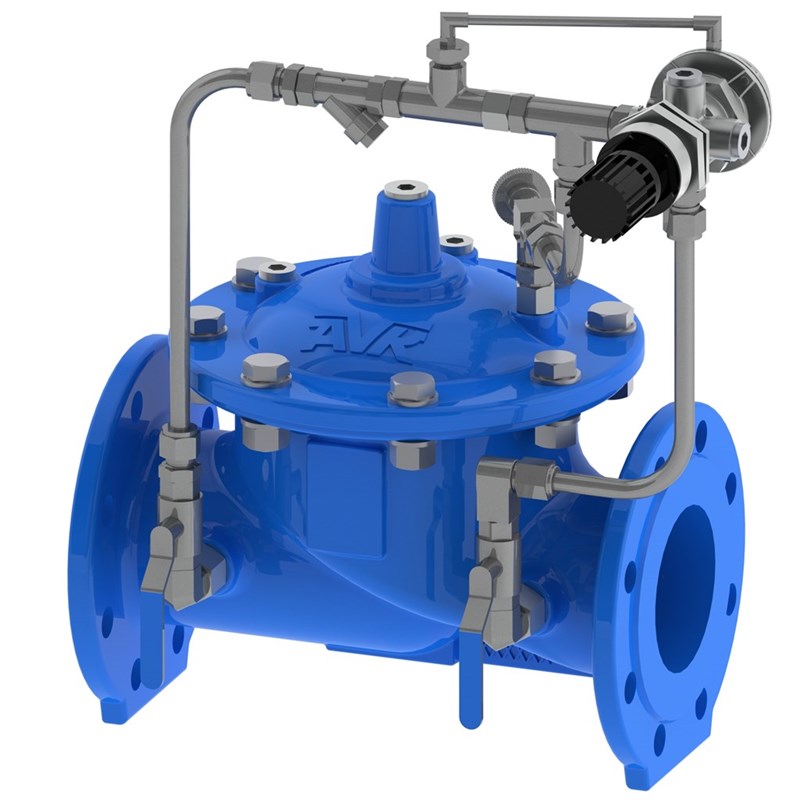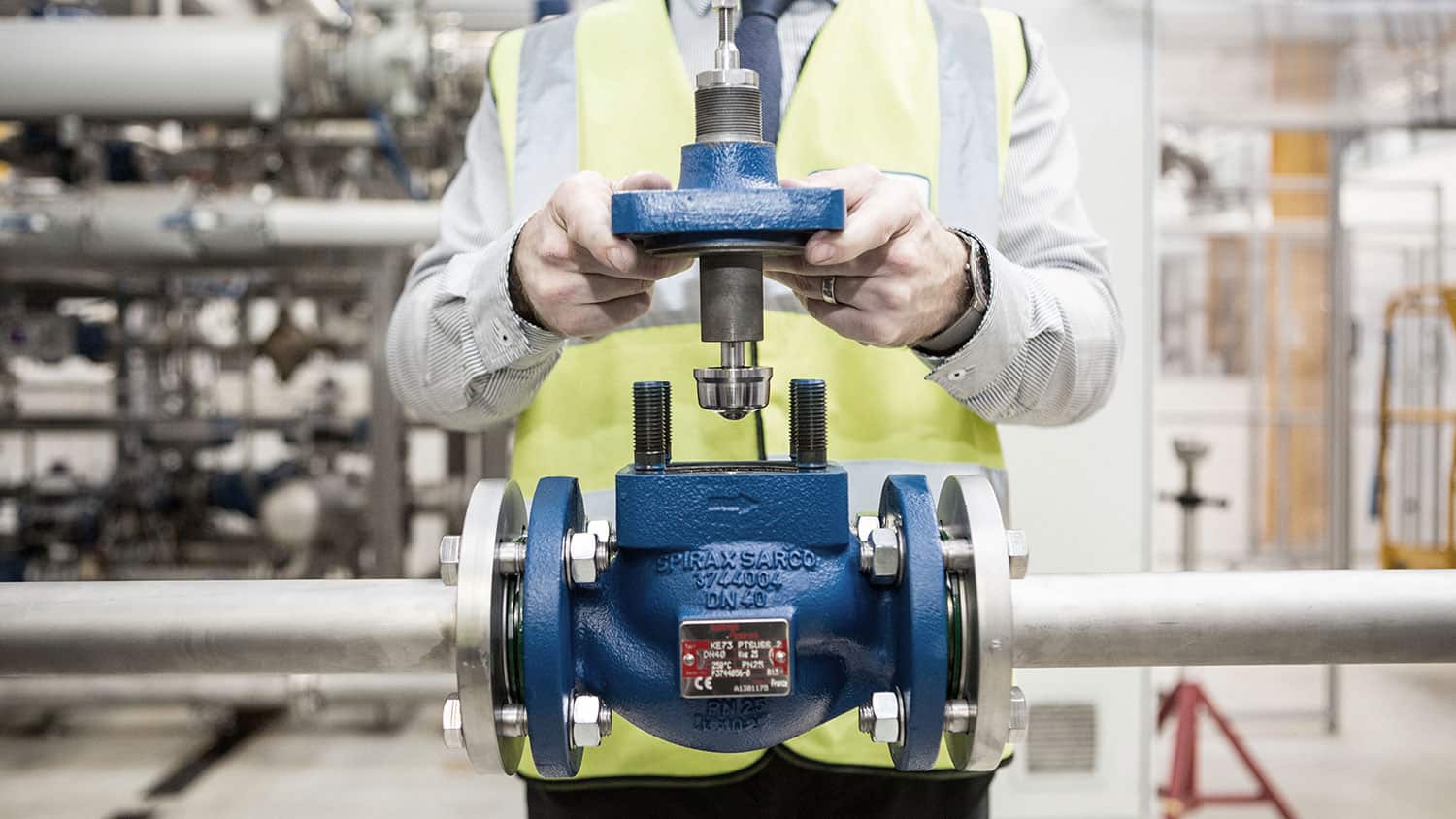The Function of Control Valves in Liquid Circulation Management Solution
The Function of Control Valves in Liquid Circulation Management Solution
Blog Article

Maximize Energy Savings and Comfort With Advanced Building Automation Controls
In the world of modern-day style and center monitoring, the assimilation of sophisticated building automation controls stands as a pivotal advancement. The merging of modern technology and sustainability has actually birthed a new era where power effectiveness, comfort optimization, and operational streamlining are no more attainable facts however distant desires. By using the power of automation, buildings can adapt, react, and develop in means that were as soon as unthinkable. The capacity for substantial power savings and boosted convenience is not just a promise however a possibility waiting to be satisfied. This paradigm shift in structure administration holds the essential to opening a world where ecological conscientiousness and resident health harmoniously exist side-by-side within the walls of our frameworks.
Energy Effectiveness Benefits
Power effectiveness benefits can dramatically lower energy intake and operational expenses in structures. By executing energy-efficient practices and innovations, structure owners and drivers can attain considerable savings while also adding to ecological sustainability. Among the primary advantages of enhancing power performance in structures is the decrease of energy costs. Energy-efficient systems, such as advanced building automation controls, can enhance the use of resources like illumination, air conditioning, and heating, resulting in lower power costs gradually.
Furthermore, enhanced energy efficiency can extend the life-span of building tools and systems. By running extra efficiently, cooling and heating systems, light, and various other structure components experience less wear and tear, causing decreased upkeep and replacement expenses. Furthermore, energy-efficient buildings typically regulate greater residential or commercial property worths and rental prices, giving long-term economic advantages to owners.
Moreover, power efficiency can enhance owner convenience and performance. Correctly controlled interior environments with optimal lighting and thermal conditions create an even more pleasurable and favorable workspace, bring about improved staff member fulfillment and efficiency. Generally, the power performance advantages related to advanced building automation controls are diverse, incorporating price financial savings, ecological stewardship, and resident wellness.
Enhanced Convenience Control
Enhancing convenience control in building settings needs an advanced integration of advanced automation systems for ideal passenger well-being. By making use of sophisticated structure automation controls, centers can tailor the indoor atmosphere to satisfy the specific needs and choices of residents. control valves.
By including these innovative controls, structures can not only boost comfort however likewise boost energy performance by enhancing system operations based on actual occupancy and use patterns. Eventually, prioritizing owner comfort via innovative automation systems leads to an extra enjoyable and healthier interior setting.
Functional Effectiveness Improvements

Moreover, the execution of real-time monitoring and analytics devices allows structure drivers to determine energy inadequacies and functional abnormalities quickly. By constantly keeping track of power usage patterns and system efficiency metrics, modifications can be made in real-time to maximize power usage you can check here and make sure peak operational efficiency. control valves. Furthermore, integrating need feedback techniques right into building automation controls can additionally improve functional efficiency by dynamically changing power usage based on grid conditions and prices signals
Indoor Climate Optimization
Efficient indoor environment optimization is a fundamental element of building automation controls, ensuring owners' convenience and wellness while maximizing energy savings. By making use of advanced sensing units and controls, developing automation systems can continually keep track of and adjust temperature level, moisture levels, air top quality, and air flow to develop an optimal interior setting. Preserving constant and comfy problems not just boosts passenger satisfaction however additionally boosts productivity and overall health.
Interior environment optimization also plays an important function in energy effectiveness. By fine-tuning air flow, heating, and cooling systems based upon real-time information and tenancy patterns, constructing automation controls can significantly lower power consumption - control valves. Applying methods such as demand-controlled ventilation and thermal zoning can help decrease power waste while making certain that each area of the structure gets the required conditioning.

Sustainable Setting Development
Building automation manages not just enhance indoor climate conditions for power efficiency and resident comfort however likewise lay the foundation for creating a sustainable atmosphere via strategic management of systems and resources. By incorporating sophisticated building automation technologies, such as sensors, actuators, and smart software program, facilities can keep an eye on and readjust energy usage in real-time to decrease waste and minimize their carbon footprint. These systems make it possible for anticipating upkeep, determining possible issues before they escalate and optimizing tools performance to enhance longevity and effectiveness.
Moreover, sustainable atmosphere creation expands beyond energy administration to encompass water conservation, waste decrease, and indoor air high quality enhancement. Structure automation controls can control water usage, find leakages, and make certain proper waste disposal methods, adding to total sustainability initiatives. Additionally, by regulating and keeping track of air flow and filtration systems, these modern technologies boost owner health and wellness and performance while reducing energy usage linked with cooling and heating operations.
Conclusion
To conclude, progressed building automation controls offer significant advantages in regards to energy savings, convenience control, functional performance, indoor climate optimization, and developing a sustainable setting. By implementing these controls, buildings can achieve optimal efficiency while lowering energy consumption and boosting owner convenience. It is evident that using innovative automation modern technology is essential in boosting structure efficiency and producing a more lasting future.
Power efficiency benefits can considerably lower power intake and functional visit this website prices in buildings. In general, the energy performance advantages linked with sophisticated building automation controls are diverse, incorporating price savings, ecological stewardship, and passenger well-being.
Additionally, integrating need feedback techniques right into structure automation controls can additionally improve functional efficiency by dynamically adjusting energy usage based on grid conditions and rates signals.
Structure automation controls not only optimize interior environment conditions for energy efficiency and resident convenience yet likewise lay the foundation for producing a sustainable setting through tactical administration of systems and resources.In verdict, progressed building automation controls offer significant advantages in terms of energy savings, convenience control, operational effectiveness, indoor climate optimization, and producing a lasting atmosphere.
Report this page